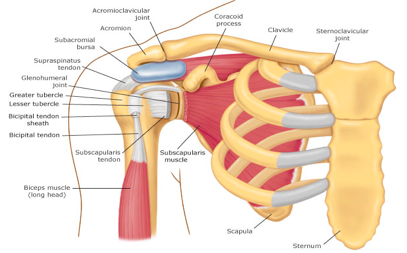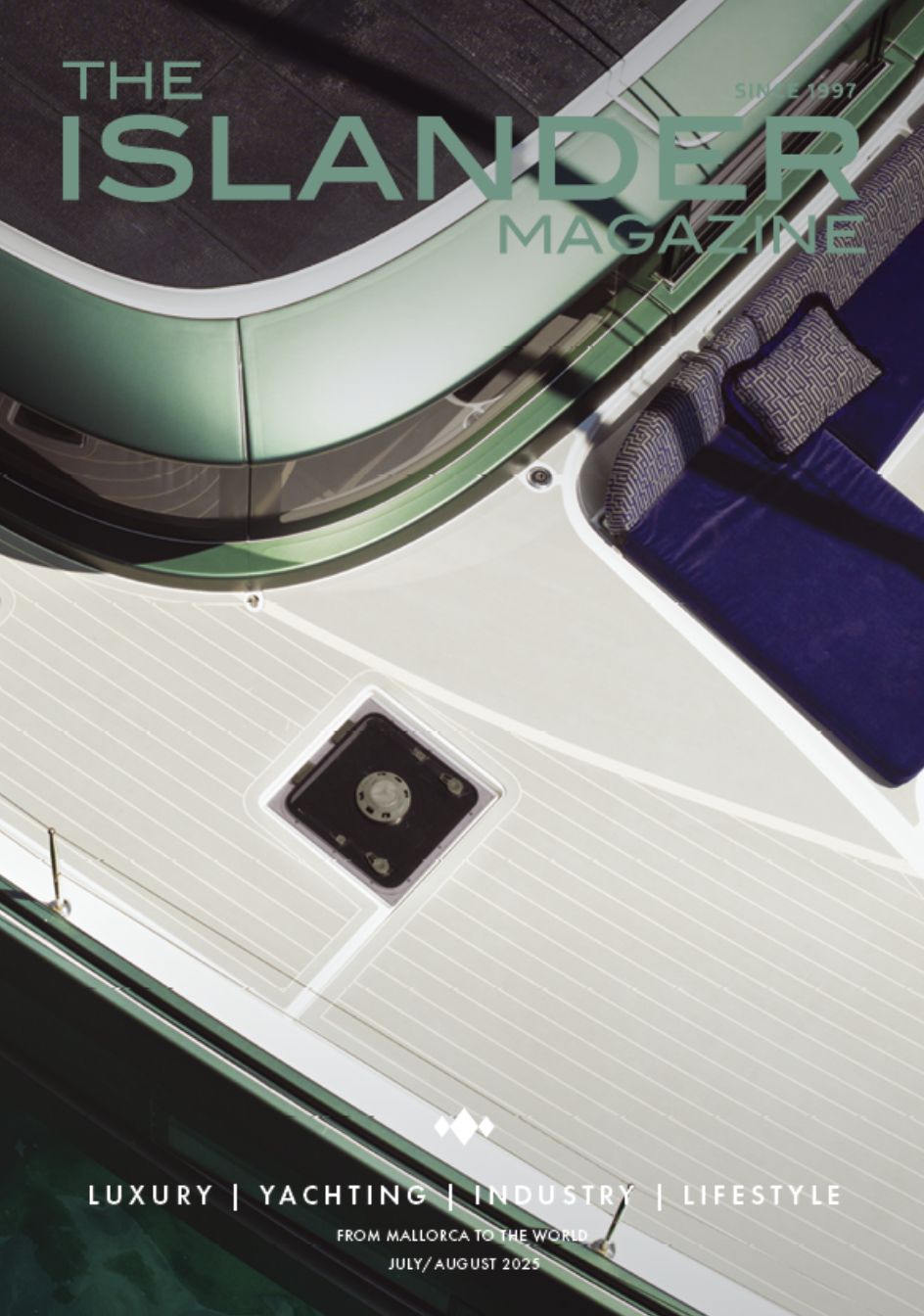The Clavicle (or collarbone) is easily recognizable as the slender bone just under the skin extending across the front of your shoulder and upper chest. This bone forms the anterior part of the shoulder girdle. It is not a weight bearing bone but is important for muscle attachment and stabilizing the shrugging movements of the shoulders. It also plays a small part in breathing.
The inner or medial attachment is with the sternum (breastplate) and the lateral attachment is with the acromion which is an extension of the shoulder blade and also protects the superior aspect of the gleno humeral (shoulder) joint.
Fractures of the clavicle are unfortunately quite easy to achieve.
Causes of a fracture include a direct blow from a blunt object and falling onto the shoulder or elbow such as sustained when falling while skiing or a bike and from contact sports. I have also known patients to sustain this injury with a poor golf swing, slipping in the bath and shouldering a liferaft or sail bag!
Signs and Symptoms
A sharp crack or pop may be noticed at the time of injury which is more obvious when there is a fall or a blow to the shoulder.
There will be an inability to raise the arm in any direction or put weight through the arm and any attempt to do so will cause a sharp pain with loss of function.
Swelling over the clavicle will occur quickly and there may be some deformity and bruising later.
In some cases this deformity can be very distressing particularly with a fall as the broken ends of the clavicle may overlap such as in the X Ray below. The broken end of the clavicle can be easily seen and palpated just under the skin. In extreme cases the broken end of the clavicle can pierce the skin which is known as a comminuted compound fracture.
X
Immediate Attention
The victim of a clavicular fracture (or suspected fracture) will require a trip to A and E for an X Ray to ascertain the extent of the injury and this should be done as soon as possible to avoid complications and unnecessary suffering.
In most cases the fracture can be managed in a sling which also attaches around the back to prevent movement for 6 to 12 weeks depending on the extent of fracture as there may be more than one along the shaft of the clavicle. Hair line fractures will take around 6 to 8 weeks to heal conservatively by themselves.
As long as the two ends of the fracture are in good opposition, this method can still be used although there may be a bump in the contour of the clavicle after healing.
In the event that the clavicle has broken in two places or is much displaced, then surgery will be required to achieve a good union between the broken ends. The surgeon will use screws and plate to ensure a good union at the fracture site. This metal work is often removed after a year or so.
Physiotherapy
Physiotherapy for simple fractures is rarely required as the arm is not immobilised long enough for complications such as a frozen shoulder to develop. Any loss of range of movement or ligament damaged can be addressed after the fracture has healed. This does however depend on where the fracture is along the shaft of the bone as the closer it is to its articulation with the acromion or sternum, the more likely additional help for recovery will be required.
Post surgical patients may require physio attention during their healing phase to ensure against post op complications and control pain and swelling.
Post Operative Treatment
The post op patient will require some help to achieve a good functional range of movement. Once the fracture site has shown a good callus formation (bone glue) the ligaments which attach the clavicle at each end can be assessed for damage and treated with laser, ultrasound, tens, accessory movements and other techniques to help relieve pain and swelling. When the check X Ray has confirmed a good union the physio will then help to regain functional mobility using accessory movements and mobilisations and a graded muscle exercise regime.
One last thought: Collarbone fractures can easily be missed in infants and young children as there are often few signs and symptoms other than the cry of the child when you palpate the area. If in doubt do always seek medical advice as unattended fractures in small children can lead to growth deficiencies.














0 Comments